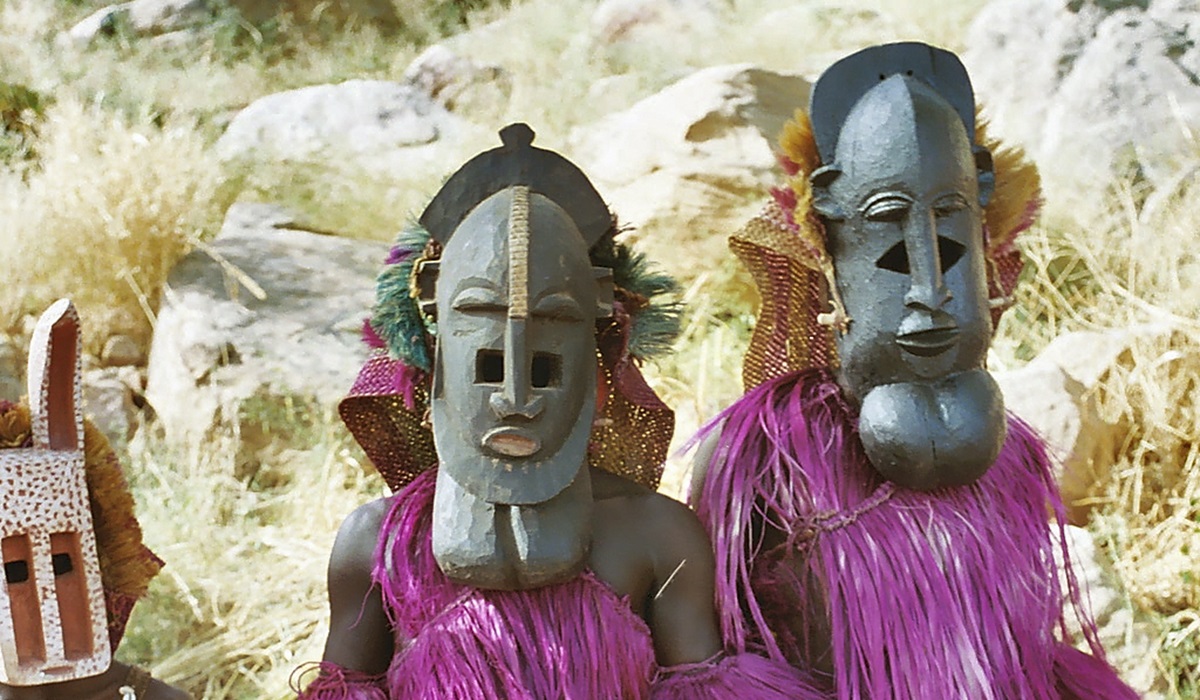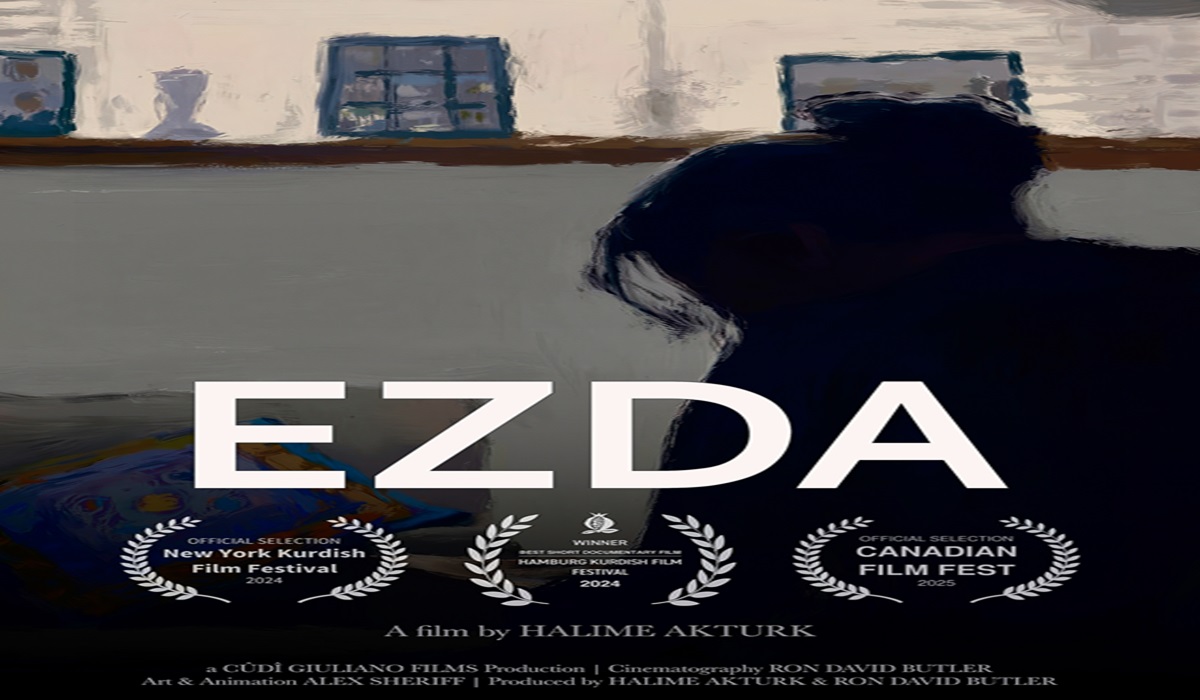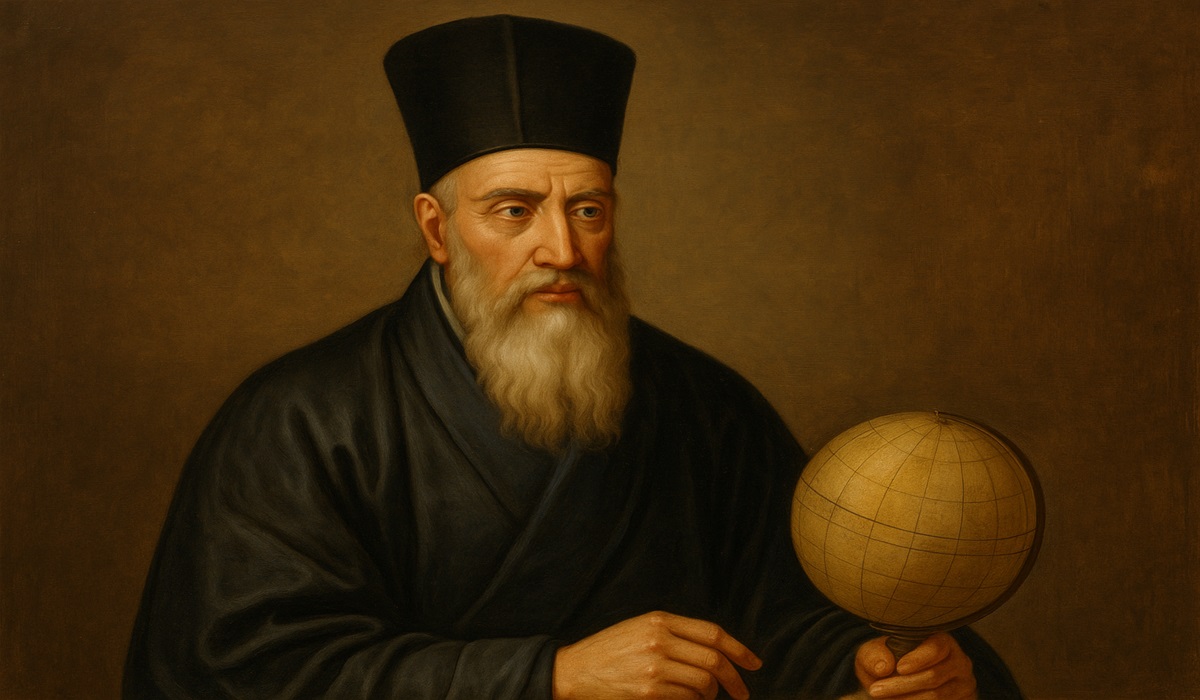Decoding Dogon Prophecies: Ancient Insights into the Future
- Ingrid Jones
- Africa
- D.O.C Supplements - Trending News
- July 22, 2024

Image Credit, Devriese – Originally uploaded to Flickr as Dogon #12 Via Wiki
Nestled in the rocky cliffs of Mali’s Bandiagara Escarpment, the Dogon tribe is a remarkable and enigmatic people whose cultural heritage has fascinated scholars and scientists alike. Renowned for their rich traditions, intricate rituals, and astonishing astronomical knowledge, their insights into the cosmos have sparked endless curiosity and debate.
Believed to have settled in their current region around the 14th century, the Dogon are known for their unique language, vibrant ceremonies, and complex social structures. Their society is deeply rooted in spirituality and mythology, with a pantheon of deities and ancestral spirits that guide their way of life. Central to their belief system is the worship of Amma, the supreme creator god, and Nommo, the ancestral spirits said to have descended from the stars.
One of the most compelling aspects of their culture is their detailed knowledge of astronomy, particularly their understanding of the Sirius star system. The tribe has long been aware of Sirius B, a white dwarf star that is invisible to the naked eye and was only discovered by Western astronomers in 1862. They also describe a third star in the system, which remains unconfirmed by modern science.
Dogon cosmology, as recorded by French anthropologists Marcel Griaule and Germaine Dieterlen in the 1930s, includes intricate descriptions of celestial bodies and their movements. According to their oral traditions, they learned about these stars from the Nommo, amphibious beings who came to Earth from Sirius. This narrative has led to much speculation and theories about ancient extraterrestrial contact.
The tribe is also known for their practice of drawing intricate symbols and patterns in the sand, which hold significant meaning within their culture. These sand drawings often depict cosmological concepts, historical events, and prophetic visions. Among these prophecies are predictions about celestial events and future occurrences, some of which have seemingly come to pass, while others remain unfulfilled.
Their predictions and precise knowledge of astronomical phenomena have puzzled scientists and researchers. How did an isolated tribe in West Africa acquire such advanced understanding of the cosmos? Theories abound, ranging from ancient contact with advanced civilizations to a deep, intuitive connection with the universe.
The Dogon’s astronomical knowledge continues to intrigue and baffle scientists. While some researchers argue that their knowledge could be a result of early contact with Western astronomers, others believe that it may stem from indigenous African knowledge systems that are not yet fully understood or appreciated by modern science.
Moreover, their cultural heritage challenges the Western-centric narrative of scientific progress, highlighting the richness and depth of indigenous knowledge systems. Their insights into the cosmos remind us that there are many ways of knowing and understanding the world, each deserving of respect and study.
The Dogon tribe stands as a testament to the profound connection between humanity and the cosmos. Their prophetic insights and astronomical knowledge offer a glimpse into a world where spirituality and science are intertwined, and where ancient wisdom continues to inspire and mystify. As scientists and scholars continue to explore their rich cultural heritage, we are reminded of the enduring mysteries of our universe and the many paths to enlightenment.








